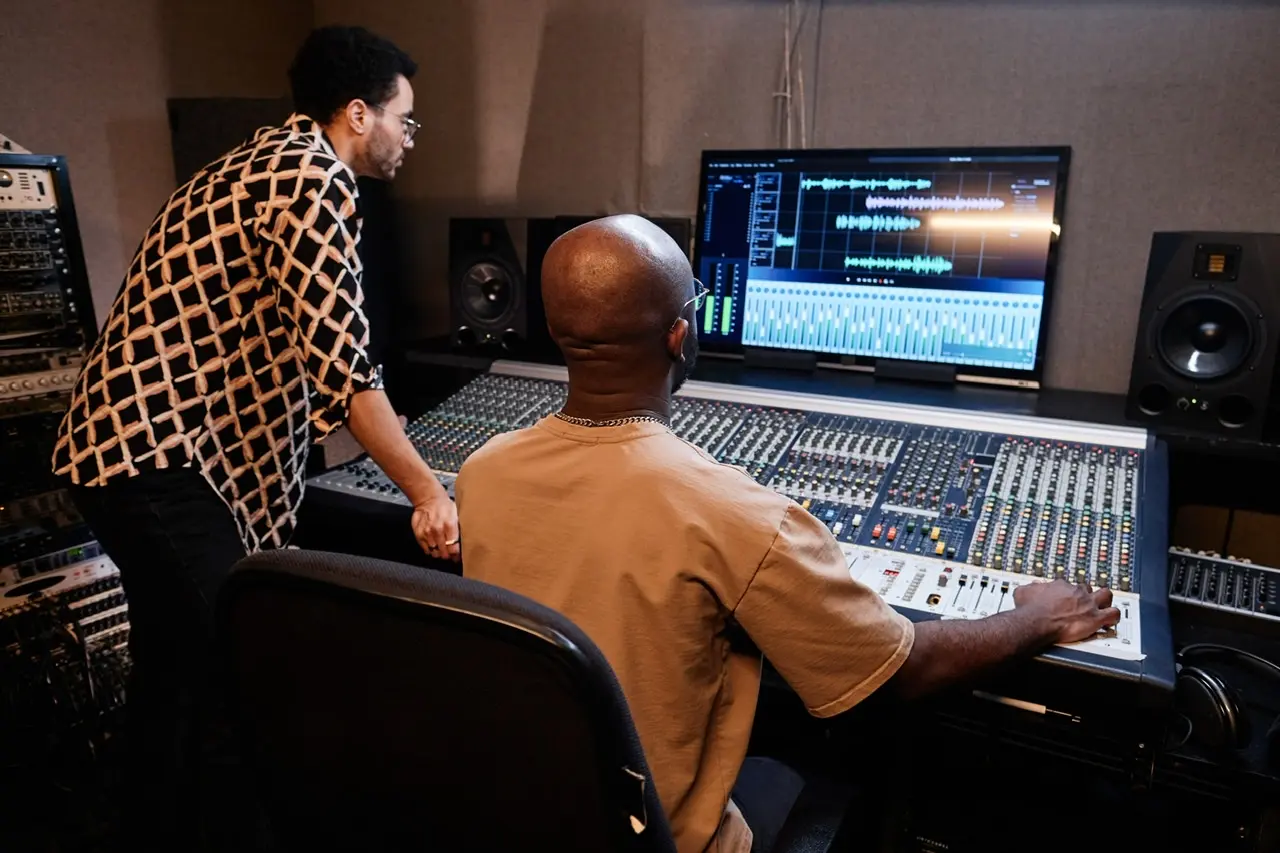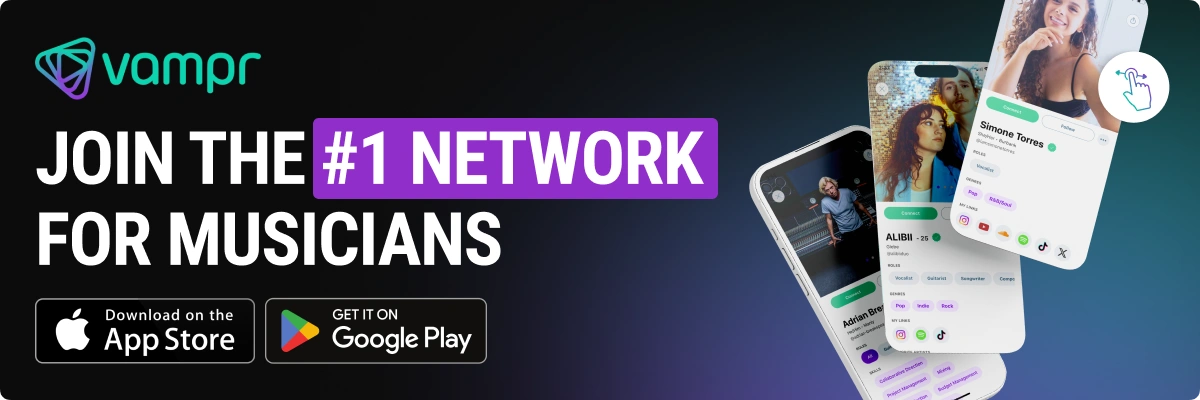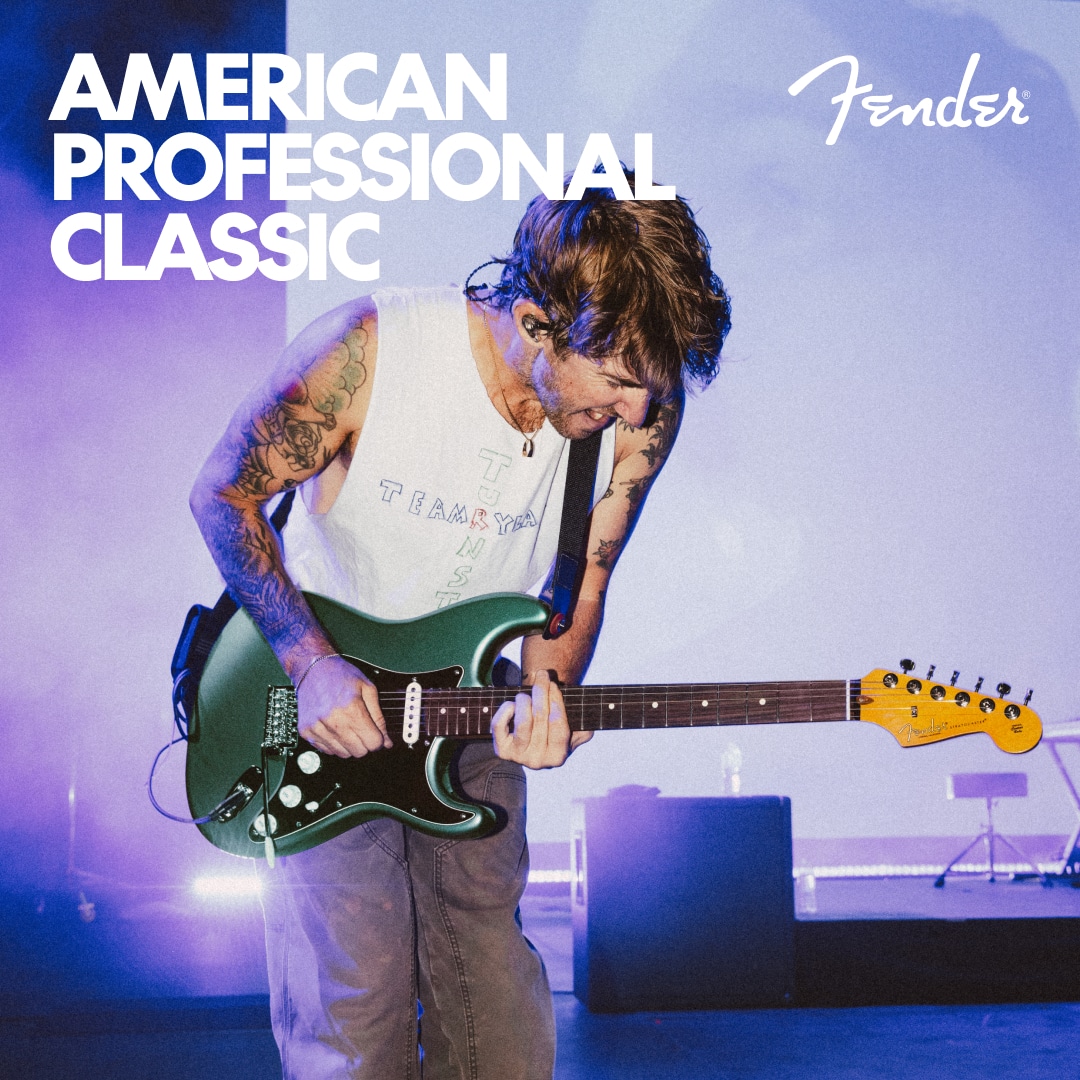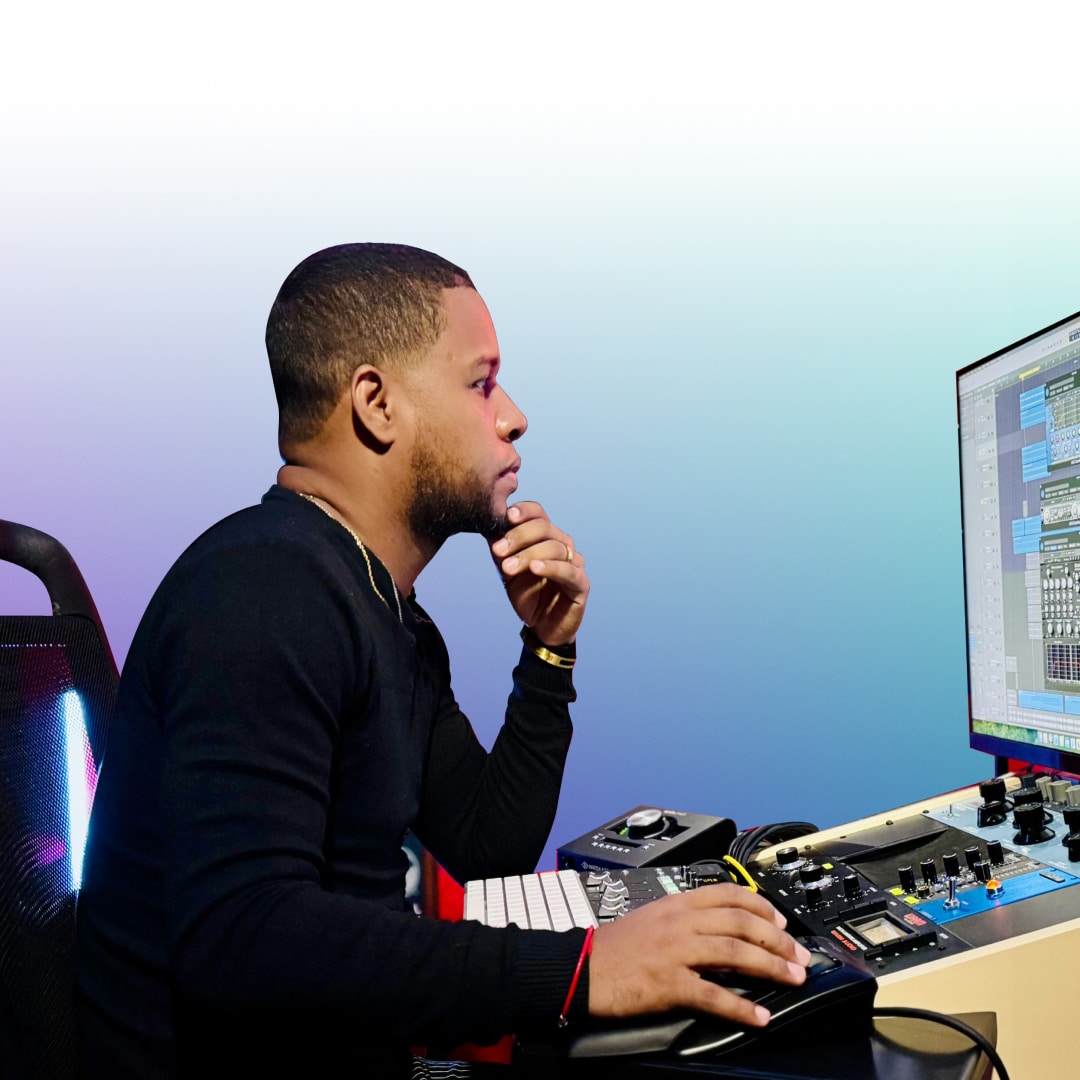Music licensing is a crucial component when looking to monetize your music through various media. Sync licensing, specifically, allows your tracks to be synchronized with visual content in movies, TV shows, or advertisements. This process involves obtaining permission to use your music, ensuring both exposure and potential income. As the digital media landscape expands, the demand for diverse music content increases, presenting significant music placement opportunities. Understanding the basics of how to license music can open doors to lucrative deals and broader audience reach.
Basics of Music Licensing for Media Placements
Types of Licenses
When licensing music for media, two primary types of licenses are required:
sync licensing and master use licenses. Sync licensing pertains to the right to synchronize music with visual media, including films, TV shows, and commercials. Meanwhile, the master use license is needed from the owner of the recorded music—typically the record label—if the track is not independently produced. Both licenses must be secured to legally use music in media, making understanding these distinctions crucial for successful music placement in media.
Owning or Clearing Rights
For musicians looking to engage in music licensing tips, owning or adequately clearing the rights to your music is essential. This ensures that there are no legal impediments to licensing your music, whether for a commercial, a feature film, or a television episode. Clearing rights means obtaining permission from all copyright holders involved in a piece of music, which may include composers, lyricists, and performers. Managing these rights upfront can prevent costly legal disputes and streamline the process of
music distribution services.
Role of Performance Rights Organizations in Licensing
PROs play a pivotal role in the music licensing ecosystem. These organizations, such as ASCAP, BMI, or SESAC, help track the usage of your music across various platforms and ensure that you receive appropriate royalties. For any musician considering music publishing, registering with a PRO is vital. These organizations facilitate the collection of royalties from music licensing website uses, radio broadcasts, and live performances, proving indispensable in the music industry.
Understanding Upfront Fees
Upfront fees are one-time payments made at the time of the initial music synchronization. These fees can vary greatly depending on the music’s usage scope and the media’s reach. Understanding this financial aspect is crucial for artists in effectively pitching music to TV and other media.
Preparing Your Music for Licensing
Ensuring Your Track is License-Ready
To effectively license your music, it must be professionally produced and free of any legal and technical issues. This involves high-quality recording and mixing to meet industry standards, which can significantly increase your chances of submitting music for TV. Furthermore, clear documentation of all songwriters and contributors involved is crucial to streamline the licensing process. Ensuring your tracks are license-ready also involves registering them with appropriate music licensing services to facilitate their discovery by potential licensors.
Metadata Essentials
Accurate and comprehensive metadata is crucial for the successful licensing of your music. Metadata refers to the data embedded in your music files that provides essential information about the track. Here’s how you can enhance your tracks’ metadata to improve their licensing potential:
- Mood and Emotion: Defining the mood or emotions within your track can significantly influence its appeal for certain projects. By tagging the mood—whether it’s uplifting, melancholic, or intense—you make it easier for music supervisors to align your track with the emotional needs of their scenes. For instance, a reflective or nostalgic track may be ideal for a contemplative film scene, while an upbeat, happy mood could fit a lively commercial. The emotional resonance that your music provides is often one of the first criteria considered in the selection process, making accurate labeling essential for securing placements.
- Genre and Sub-genres: Providing clear genre classification, along with any specific sub-genres, is fundamental to helping your music appear in relevant searches. Rather than simply labeling a track as “rock” or “pop,” specifying sub-genres such as “indie rock” or “synth-pop” helps industry professionals find a precise match. Genre tags also contribute to search accuracy when supervisors look for a specific musical style that fits their content.
- Instrumentation and Vocal Type: Identifying the main instruments and vocal types within your track is vital for giving a clear auditory picture of your music. For example, if a track features an acoustic guitar prominently, tagging it as such can attract supervisors seeking this instrument for its soothing and organic sound. Similarly, specifying if a track has male or female vocals, or even if it’s instrumental, can impact its suitability for various projects. Such detail helps curators assess how well a track’s sound will integrate into their specific needs, increasing the chance of selection.
- BPM (Beats Per Minute): The tempo of a track, measured in beats per minute (BPM), can be a decisive factor for those looking to sync music with visual content. TV shows, advertisements, and movies often need music that matches the pacing of their footage, making BPM an essential metric. A faster tempo may fit action-packed scenes, while a slower beat might suit more relaxed visuals. By including BPM in your metadata, you allow decision-makers to quickly assess the compatibility of your track with their project’s rhythm, making it easier for them to visualize the pairing.
- Lyrics Keywords: For tracks that include lyrics, keywords that capture the essence or themes are especially valuable. When content creators need music that aligns lyrically with their message, having these keywords accessible can streamline their search. Including phrases or central themes—such as love, freedom, or resilience—not only captures the track’s spirit but also enhances discoverability in searches. This approach allows your music to stand out when supervisors seek lyrical connections that strengthen their narrative impact, potentially making your track the ideal choice.
Enhancing your music’s metadata is a strategic step that increases its visibility and appeal in the licensing market. With well-defined tags, you make your track more accessible to industry professionals, ultimately maximizing its potential for placements across various media projects.
Registering Music with a PRO
This is a critical step for any artist interested in sync licensing. These organizations monitor where and how your music is used across various media platforms, ensuring you receive appropriate royalties for public performances. Registration helps protect your intellectual property and guarantees that you are compensated for your work, crucial for artists looking to sustain a career in the music industry.
Choosing the Right Licensing Platform or Service
How to Select a Platform
Picking
the right music licensing website depends heavily on your music genre and the platform’s submission criteria. Here’s a step-by-step guide to help you make an informed decision:
- Research Platform Specializations: Each music licensing platform has a unique market focus, with some platforms catering more toward specific genres or musical styles. For instance, one platform may prioritize electronic and indie music for advertisements, while another may lean toward orchestral or cinematic music for film and television. Understanding which platforms actively promote your music style can help you avoid investing time in sites less likely to accept your genre. Researching platform specializations enables you to target the right audience and increases the odds of your music being discovered by creators who value your style.
- Understand Submission Guidelines: Submission guidelines vary widely from one platform to another, including requirements such as file formats, audio quality, and metadata specifications. For instance, some sites may only accept high-quality WAV files, while others might also permit MP3s.
- Consider the Audience: While some platforms are ideal for commercial licensing and attract advertising professionals, others focus on filmmakers or content creators. Understanding the audience a platform caters to is key to matching your music with the projects it’s most likely to suit. For example, if your music aligns with cinematic or storytelling vibes, platforms that serve indie filmmakers may be more appropriate than those focused on commercial advertising.
- Evaluate Exclusivity Terms: Many music licensing platforms enforce exclusivity, which means they retain the sole right to license your music during the contract term. This can limit your ability to share the track on other platforms or for personal use. While exclusivity may increase revenue potential on certain sites, it can also limit flexibility. Weighing the pros and cons of exclusivity is crucial for making a strategic choice; if maximizing exposure across multiple platforms is your goal, opting for a non-exclusive arrangement might be preferable. Exclusivity’s impact on your career trajectory and potential earnings should be carefully considered before committing.
- Assess Feedback and Support: Feedback from music supervisors can guide your future submissions, helping you better align with industry standards and audience expectations. Platforms that provide clear, constructive critiques or accessible artist support networks can help you navigate the licensing process with confidence. Supportive platforms often go a step further, offering educational resources or one-on-one assistance, which can be particularly beneficial if you’re new to music licensing. Such support not only boosts your understanding of the process but also enhances your long-term licensing strategy.
By thoroughly evaluating each aspect, you can better position your music within the licensing landscape, aligning your efforts with platforms that will help you achieve your artistic and professional goals.
Evaluating Platform Fees and Payouts
Many platforms charge fees for submissions or take a percentage of the licensing revenue. It’s important to assess how these costs compare to the potential earnings from sync licensing deals. Additionally, consider the
payout schedule and method; knowing when and how you will be paid can help manage your financial expectations and planning.
Platforms’ Industry Connections and Reach
A platform’s industry connections can be a decisive factor in the success of your music placement opportunities. Platforms with established relationships in the film, television, and advertising industries can provide more significant and higher-quality placement opportunities. Some platforms might offer exclusive deals with specific brands, which could lead to more direct and lucrative licensing songs for ads and other media projects.
Approaching TV and Ad Agencies
A well-structured approach allows your pitch to stand out, connecting you with potential collaborators who seek your unique sound. Here’s a look at practical tips to enhance your outreach efforts:
- Identify the Decision Makers: To ensure your pitch reaches the right person, identify the music supervisors or decision-makers within the agency. Finding the person responsible for music selection is essential; otherwise, your pitch might be lost in the shuffle. Utilize LinkedIn, agency websites, or industry connections to locate these contacts. By targeting the correct person, you increase the chances of your music being reviewed by someone who has the authority to consider it for upcoming projects, streamlining your path to potential placements.
- Customize Your Communications: Personalizing each email or message reflects your knowledge of the agency’s work and demonstrates genuine interest. Mention specific projects you admire or how your music could uniquely support future campaigns they might undertake. Tailoring your communication shows that you’re not just sending a mass pitch but are invested in a potential partnership.
- Follow Submission Protocols: Adhering to the agency’s submission guidelines is vital to showing professionalism. Ignoring these can lead to your music being overlooked, regardless of its quality. Following their protocols reflects your respect for their processes and maximizes the chances that your music will be reviewed. Diligence can set you apart as someone who values industry norms, fostering positive impressions with potential partners.
- Be Concise and Clear: Clear, concise communication is essential when pitching music. A straightforward message that includes relevant details—such as genre, mood, or specific licensing terms—is more likely to capture attention than a lengthy email. Avoid attachments, as they can clog inboxes; instead, provide streaming links to make accessing your music quick and hassle-free. Being respectful of their time by delivering a focused and accessible pitch reflects professionalism and enhances the likelihood that your music will be considered.
A successful approach to TV and ad agencies combines research, customization, and clear communication, aligning your music with the agency’s projects while respecting their workflows. These tips can help foster positive connections and set the stage for potential licensing opportunities, allowing your music to shine in the right context.
Effective Networking Strategies
Networking at industry events is one of the most effective ways to connect with music supervisors and other key stakeholders. Attending film festivals, music conferences, and industry meet-ups can provide valuable face-to-face time with those who have direct influence over music synchronization decisions. When networking, it’s important to be genuine, articulate about your work, and respectful of your time. Sharing your knowledge about current industry trends and your work can make you memorable and may lead to more in-depth conversations or opportunities to collaborate.
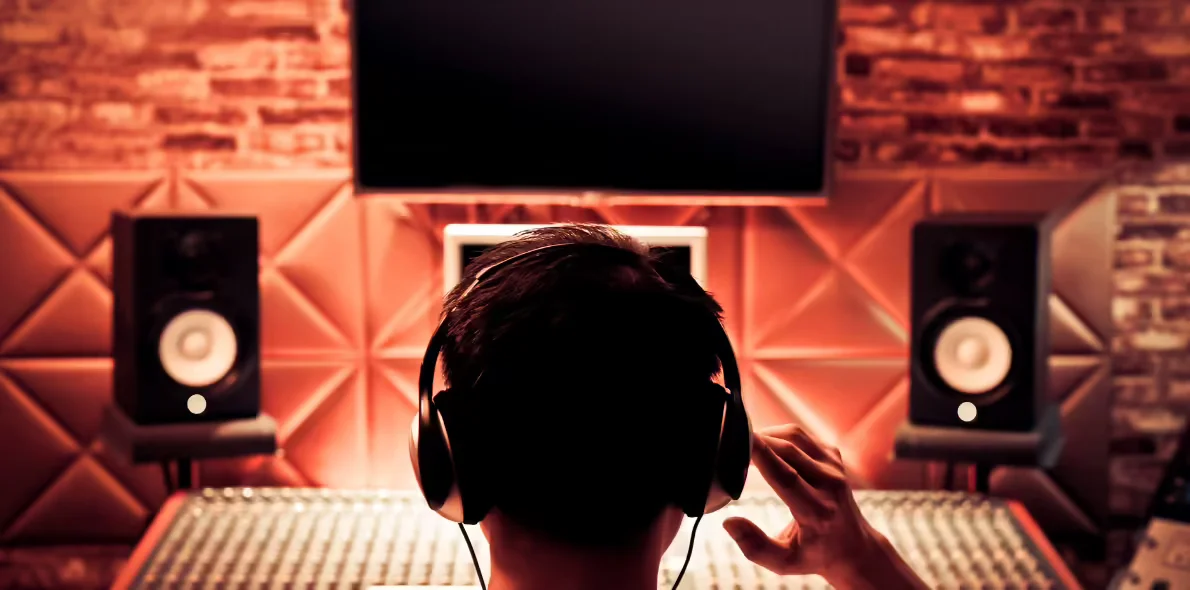
Successful music placement in media can significantly enhance an artist’s exposure and audience reach. Each placement serves as a platform to introduce your music to new listeners who may seek out more of your work, potentially increasing your streaming numbers and followers on social media platforms. To maximize this potential, artists should actively promote their placements through their channels, engaging fans with behind-the-scenes insights and discussions about their involvement with various media projects.
See why Vampr is the #1 app for music industry collaboration and networking
About Vampr
Vampr is the ultimate music networking app designed to help you connect with musicians and grow your career. As a leading music industry network, Vampr makes it easy to find music collaborators, join a band, or even find a jam partner. Whether you’re searching for band members or looking to expand your music community platform, this app for musicians streamlines music collaboration like never before. Ready to take your music to the next level? Start networking and create something amazing today!
Vampr makes online music collaboration effortless, helping you find a beatmaker, hire a music arranger, or work with a sound engineer all in one place. Whether you’re looking to find a composer, collaborate with EDM producers, or find a hip hop producer, this platform connects you with the right talent for remote music production. Need professional mixing? Vampr also helps you find a mixing and mastering service and find musicians for recording—so you can bring your music to life with ease.
Vampr is the go-to platform to get work as a musician and find paid music gigs—whether you’re looking for music jobs near me or remote music jobs you can do from anywhere. From landing paid gigs as a musician to securing opportunities to work as a session musician, Vampr connects you with the right people. Need industry support? You can also find a music manager or hire a music manager to help grow your career. Plus, if you’re looking to find a band to join, Vampr makes it easy to connect and start making music today!
Vampr is the ultimate indie musician networking platform, making it easy to find rock musicians, connect with EDM producers, or collaborate on pop music. Whether you’re looking to find hip-hop artists, connect with country songwriters, or find jazz musicians, Vampr helps you build the right creative team. Need to hire classical musicians, find metal band members, or work with electronic music producers?
Vampr is the place to discover and collaborate with talented artists across all genres!


